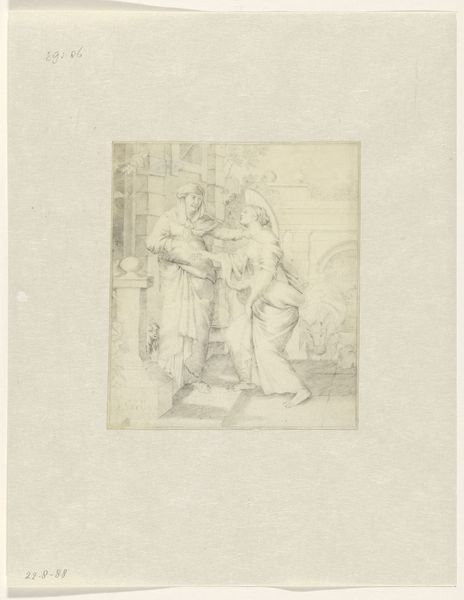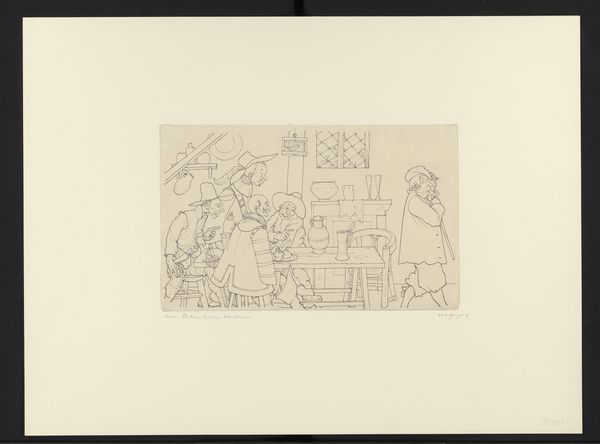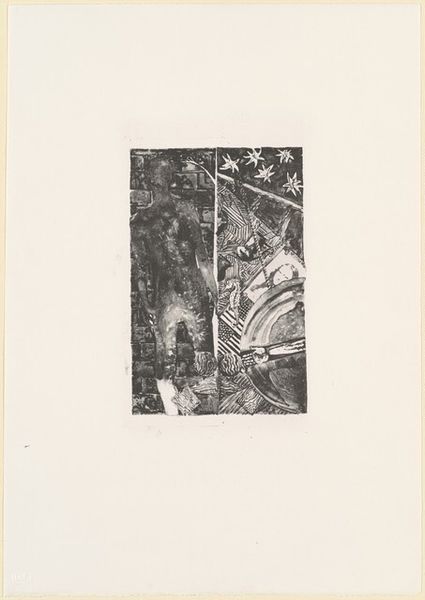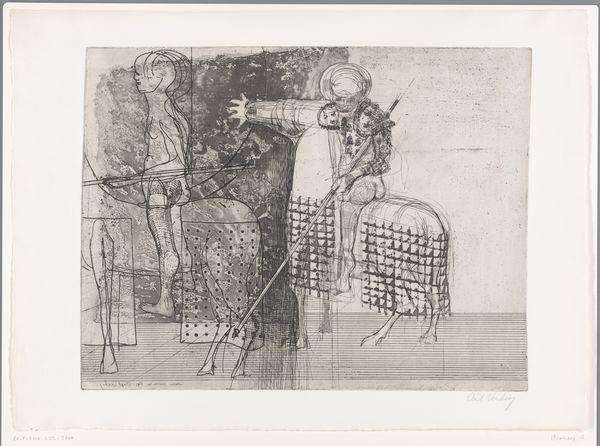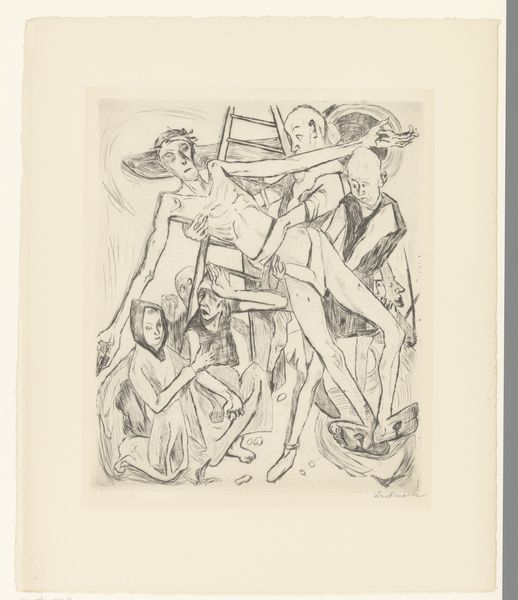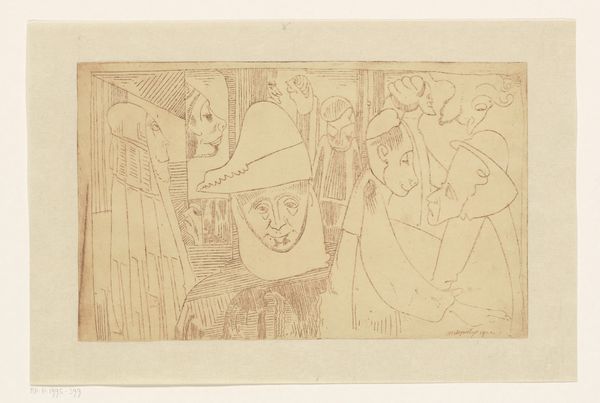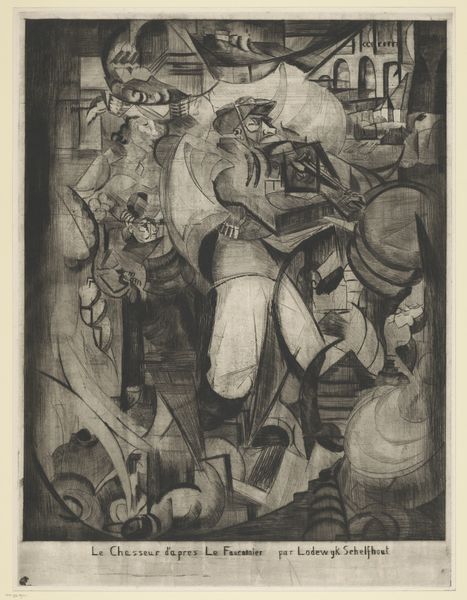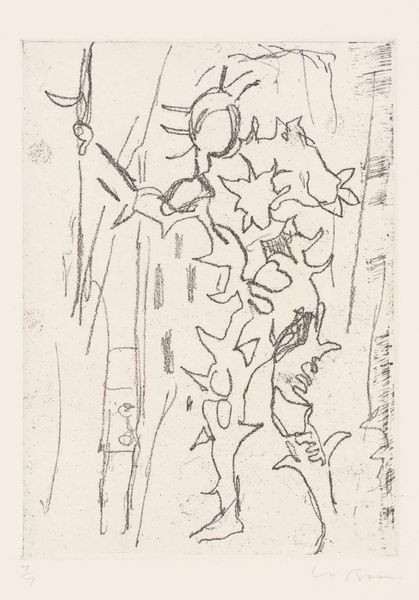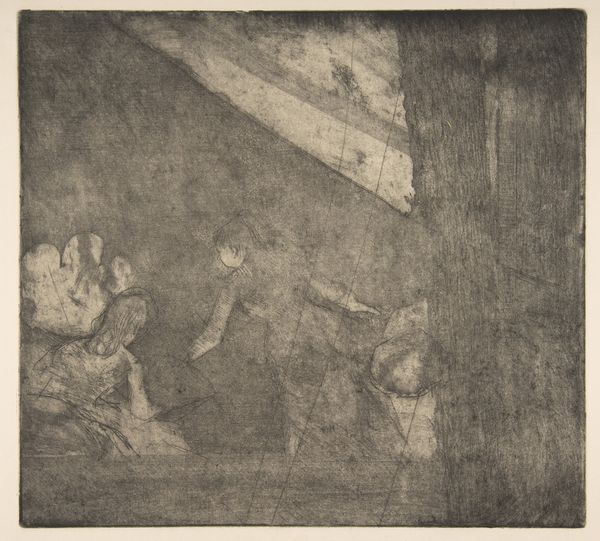
etching
#
etching
#
landscape
#
german-expressionism
#
figuration
Copyright: Public Domain: Artvee
Editor: We’re looking at “Spielende Kinder,” or “Children Playing,” an etching from 1914 by Ernst Ludwig Kirchner. The figures are rendered with these quick, almost frantic lines. I get this uneasy feeling, almost like I'm observing something I shouldn't. What am I missing here? Curator: Unease is spot-on, I think. Kirchner's etchings, like many Expressionist works, use a deliberately jarring visual language. Forget comfortable realism! Look how he simplifies and distorts the figures. Their angularity, that stark contrast… it all creates tension. Do you think this has anything to do with when it was created? Editor: Well, 1914 was right before World War One really kicked off, right? Curator: Exactly. The German Expressionists were deeply affected by the growing sense of societal decay, the dread… it’s palpable in their art. Kirchner isn't just depicting children playing; he's capturing a world on edge, the innocence threatened by something looming. See the hurried lines in the background, mirroring those in the children's bodies? It's like even the landscape is nervous. I can't help thinking about what they had to face. Editor: So the frenetic style isn’t just aesthetic—it’s communicating that anxiety? It makes sense now; the skewed perspective isn’t about visual accuracy, it’s emotional truth. Curator: Precisely! He uses those stylistic tools – harsh lines, distorted figures – to expose a deeper emotional and psychological state. To see how that era saw themselves in times of unrest and political upheaval. It certainly moves me... but it is such a personal connection I see. Editor: I see it now. Thanks! It is unsettling, but incredibly powerful. Curator: Isn't it, though? I keep finding more meaning, myself!
Comments
No comments
Be the first to comment and join the conversation on the ultimate creative platform.

